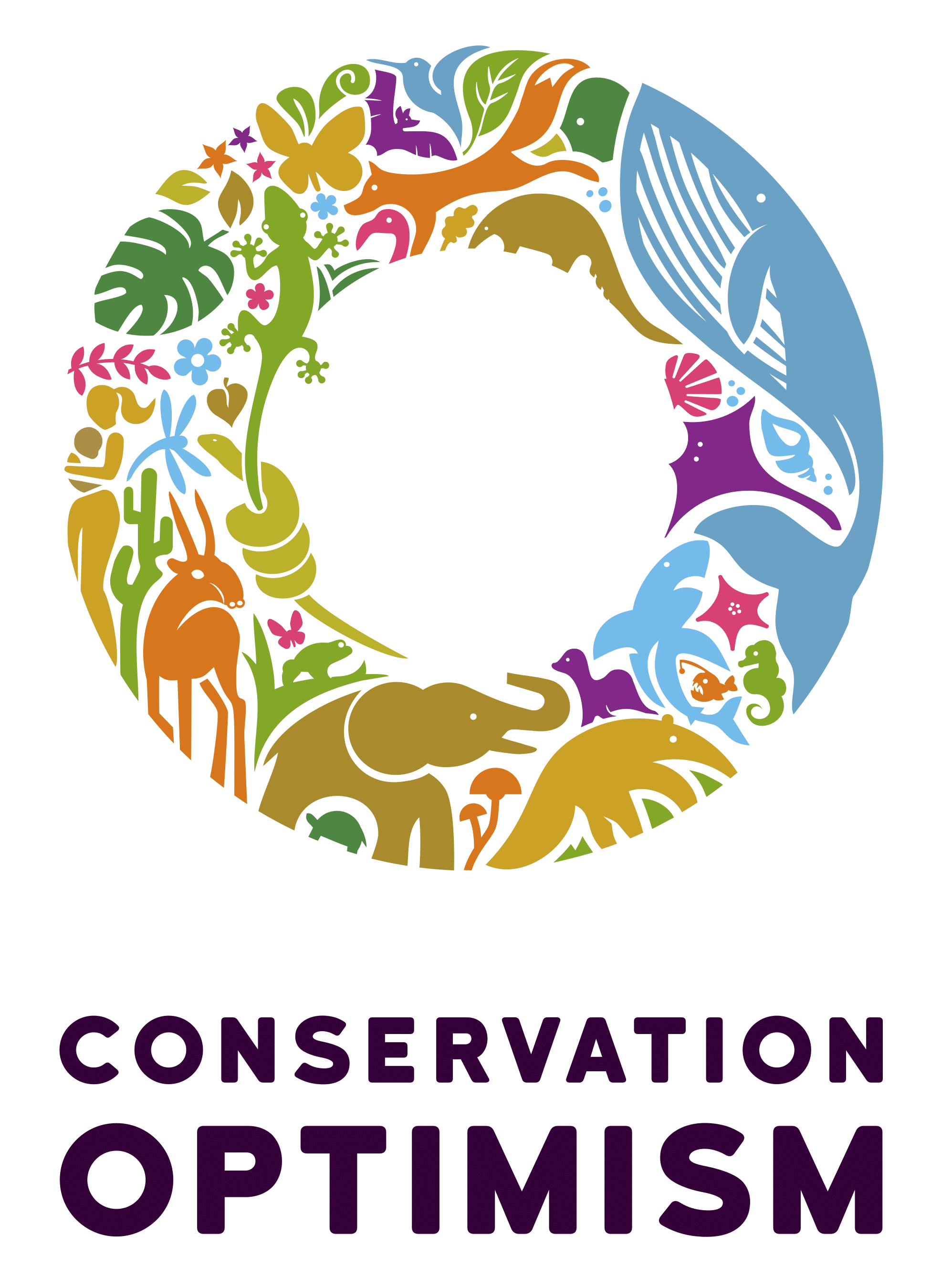Wondering what went right this week in the conservation world? We’ve got you covered with our Conservation Optimism Round-Up! We are collating stories of optimism from around the globe so that you never miss your dose of weekly motivation.
1. A bison range homecoming: Confederated Salish and Kootenai Tribes reclaim a Montana nature preserve
“CSKT tribal chairman Tom McDonald said the restoration of the bison range to tribal control is about more than just land. By righting a longstanding wrong, he said, the transfer helps foster trust and encourages collaboration between tribal nations and government agencies, restoring honor to once-broken treaties and allowing tribes to steward the land as they had for thousands of years. “
“Righting a historical wrong is an important reason to celebrate”
— Erle Ellis (艾尔青) (@erleellis) May 27, 2022
Native tribes reclaim a Montana nature preserve https://t.co/WDrQVxUoPw #ConservationOptimism pic.twitter.com/W2v82rKkvL
2. For reef mantas, Indonesia’s Komodo National Park is a ray of hope
“A new study identified an aggregation of 1,085 reef manta rays (Mobula alfredi) in the waters of Komodo National Park (KNP), a UNESCO World Heritage Site that spans more than 1,800 square kilometers (700 square miles) of islands and ocean. Attracted by the plankton-rich waters of the park, manta rays gather here to feed, breed, and clean themselves.”
A new study has found that Komodo National Park in Indonesia has an aggregation of 1,085 reef manta rays, currently classified as a vulnerable species. https://t.co/BjNXN9UWfQ #conservationoptimism
— InternetOfElephants (@ioelephants) May 26, 2022
3. Bettong baby boom in South Australia first in over 100 years
” Forty of the nationally endangered marsupials were reintroduced to mainland South Australia in August after being locally extinct for more than 100 years. The brush-tailed bettongs were released at two sites in Dhilba Guuranda-Innes National Park on Yorke Peninsula in a milestone moment for Marna Banggara, an ambitious project to restore lost species to the landscape. ”
Thanks to reintroduction efforts, Brush-tailed #Bettongs have been born in the #wild of southern #Australia for the first time in over 100 years!#marsupial #rewilding #nature #wildlife #biodiversity #conservationoptimism #conservation #LetNatureThrivehttps://t.co/0ZZs3eqk79
— Global Conservation Solutions (@_GCS_) May 26, 2022
4. Wild mammals are making a comeback in Europe thanks to conservation efforts
“Hunting and habitat loss drove many large mammals in Europe close to extinction. But, the continent’s mammal populations are flourishing again thanks to conservation programs and more productive agriculture. “
#ConservationOptimism 👇 https://t.co/1zFvQbE5k8
— Joe W Bull (@wildbusiness) May 26, 2022
5. Monarch butterflies bounce back in Mexico wintering grounds
” Mexican experts have said that 35% more monarch butterflies arrived this year to spend the winter in mountaintop forests, compared with the previous season.”
Monarch butterflies bounce back in Mexico wintering grounds https://t.co/pWKt9Rtv7t #conservationoptimism pic.twitter.com/FRD9oQEtHW
— InternetOfElephants (@ioelephants) May 25, 2022
6. Lion population at Gir Forest, India growing
“Mohan Ram, deputy conservator of forests, Sasan Gir, said that the 2020 census recorded 674 lions, of which at least 250 were females. He added that as the numbers were increasing, the lions were regaining landscape and can currently be found in nine districts of Saurashtra.“
Thanks to #conservation efforts and support from local communities, the pop'n of #endangered Asiatic #Lions in #India is on the rise!#bigcats #cats #rewilding #nature #wildlife #biodiversity #conservationoptimism #wildlifeconservation #LetNatureThrivehttps://t.co/ujHdP8cI7C
— Global Conservation Solutions (@_GCS_) May 25, 2022
7. One of UK’s rarest corals set to expand its range as climate change warms seas
” It is one of Britain’s rarest and most threatened species, primarily due to bottom-trawling fishing, but researchers have found that the pink sea fan coral could expand its range in the climate crisis. But a study by researchers from Exeter University found that the species is likely to spread northwards – including further around the British coast as far as Scotland – by 2100 as global temperatures rise. “
One of UK’s rarest corals set to expand its range as climate change warms seas https://t.co/dcrEomJY9C
— Guardian Environment (@guardianeco) May 27, 2022
Have a story to share for our weekly round-up? Use #ConservationOptimism on Twitter, Facebook, LinkedIn and Instagram!


